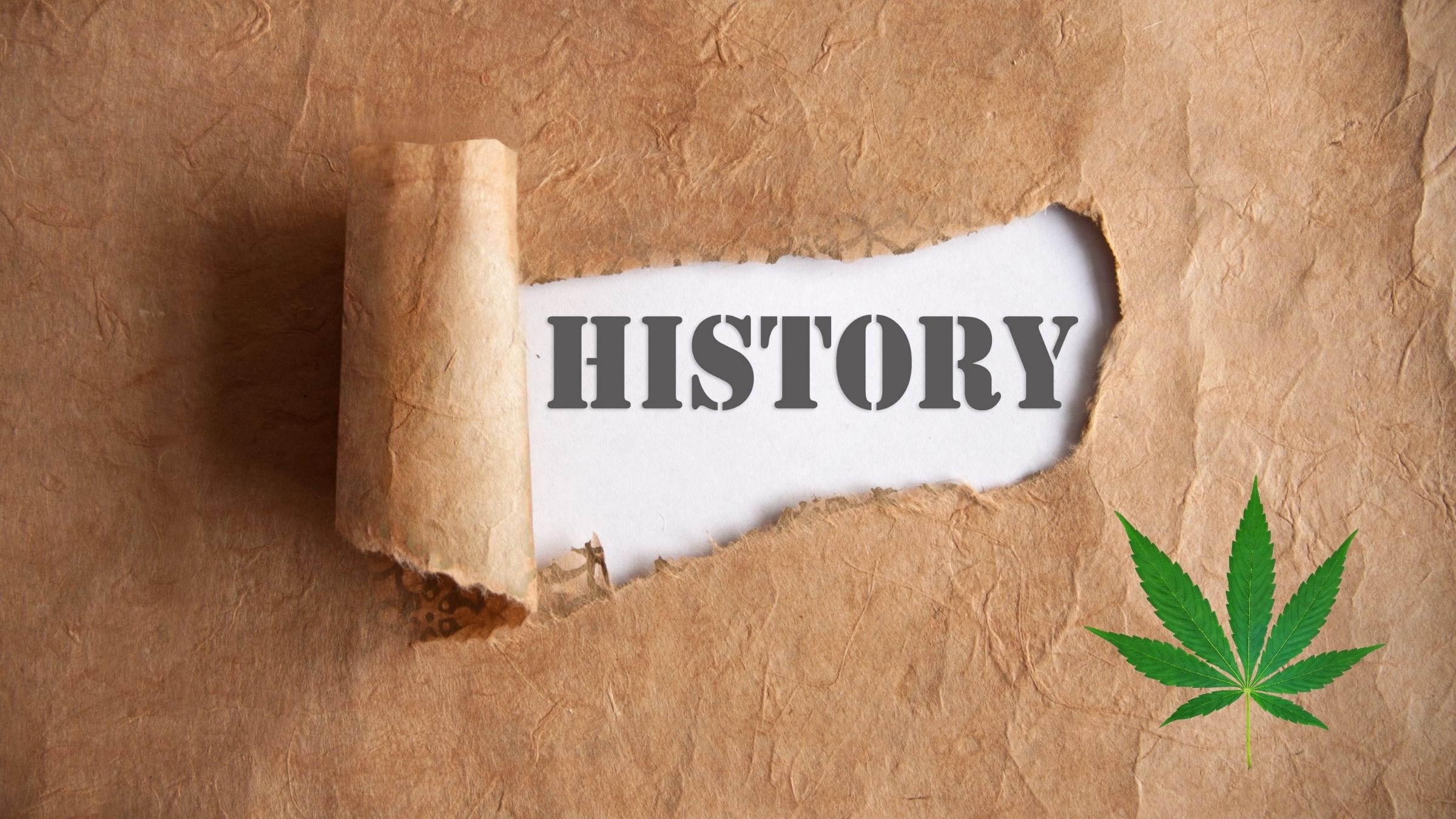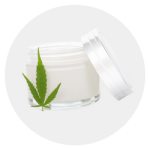The US has a complicated history of marijuana laws that are largely rooted in racism. The path of cannabis towards legalization is just as unique as its wrongful classification as Schedule I, a drug with no medical use and potential for abuse.
It’s the result of the devastation of communities and families of color and years of injustice in holding back scientists from properly researching cannabis — despite numerous findings and reports supporting its benefits.
This article explains the timeline for marijuana laws.
We’ll cover the ups and downs and the implications of both people and marijuana during its legalization.
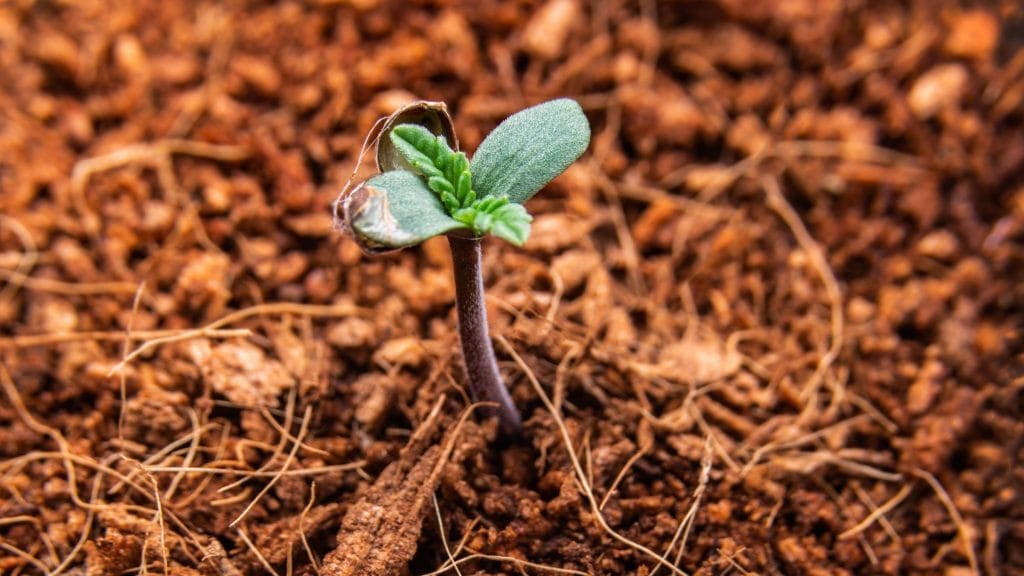
History of Cannabis in North America
The first widely known and used form of cannabis is hashish, a cannabis concentrate used widely across the Middle East and parts of Asia after 800 AD.
Initially, cannabis was first introduced in the US (that we know of) by early colonizers.
Jamestown settlers began growing hemp in 1611. They used it for their daily needs, such as ropes, textiles, medicinal purposes, and sails for ships.
Later, the state required the cultivation of hemp because its fiber was so valuable.
Now, hemp and marijuana are differentiated by legal factors. What is referred to as hemp is typically for industrial and agricultural use and marijuana refers to cannabis with high THC concentrations.
To learn more about this, read Marijuana vs. Hemp: What’s The Difference?
Folk Medicine and Cannabis
Cannabis was a huge part of folk medicine for hundreds if not thousands of years.
However, in 1839 an Irish physician by the name of O’Shaughnessy learned all about the medicinal benefits of cannabis on his trip to India. He then began introducing the plant to the elite of the Western world.
Even prior to the introduction of cannabis to the West’s elite, as we mentioned, it was a folk medicine used by many working-class people.
Moreover, hemp is a very versatile crop. It can be used to make paper, and virtually anything that plastic is used for today and even biofuel.
Because of this, it poses a threat to industries gaining prominence at the time, like the fossil fuel and the paper and timber industries. Affluent people who had financial gains to obtain from the proliferation of the timber and fossil-fuel industries partnered with ad and government agencies to both make hemp illegal and launch a propaganda campaign.
We will get more into this later.
Hemp As Medicine
It comes as no surprise that the propaganda campaign would target already marginalized groups such as People of Color, immigrants, and African Americans.
By the 1850s cannabis was a staple in almost everyone’s medicine cabinets. Medical preparations were available in pharmacies across the newly colonized country.
In addition, in the 1850s hemp or cannabis was added to the US Pharmacopeia. Even recreational use of cannabis was listed as a fashionable narcotic. Pharmacies were selling cannabis-infused products everywhere. Unfortunately, this was short-lived.
Prohibition soon followed in the 1900s.
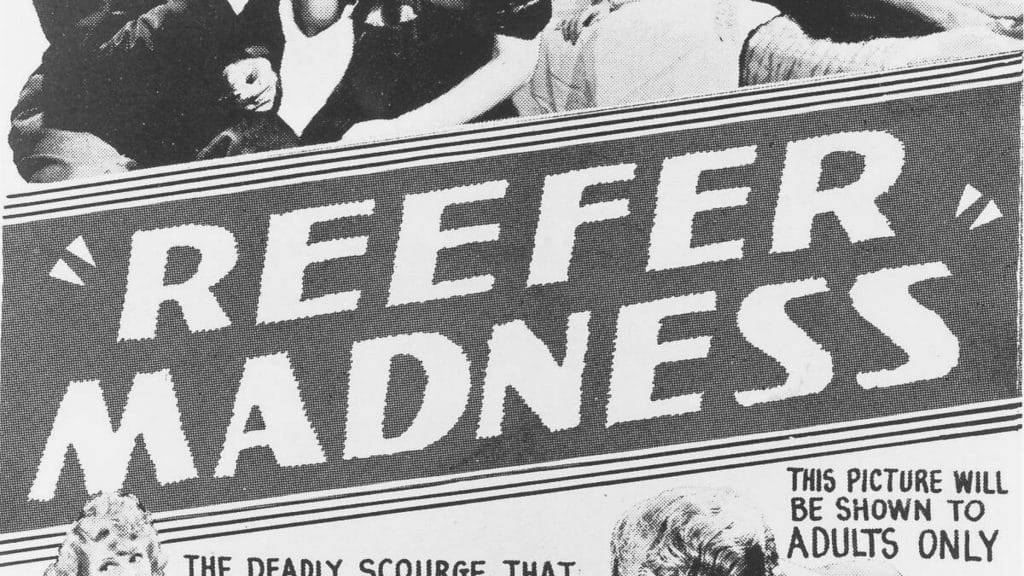
The Racist History of Cannabis In The US – Why Was It Banned?
The beginning of cannabis prohibition began in 1906. Following the passing of the Pure Food and Drug Act which lists cannabis alongside alcohol, opium, and morphine.
It was categorized as “addictive and dangerous.”
The main component behind prohibition was to champion the paper and fossil fuel industries. Also, to ensure there was no threat to their successes. Hemp has many uses and can be made into biofuel to power cars, paper, and so much more. This inevitably poses a threat to the paper and fuel industries.
Furthermore, the rise of industry alongside racist legislation and Jim Crow laws, lead to rampant propaganda around Black and Brown people.
In order to instill fear around cannabis, the main understory of the propaganda was that only Mexican, Black, and other Caribbean immigrants used it. Soon every state banned the plant as a result of this racist and destructive propaganda.
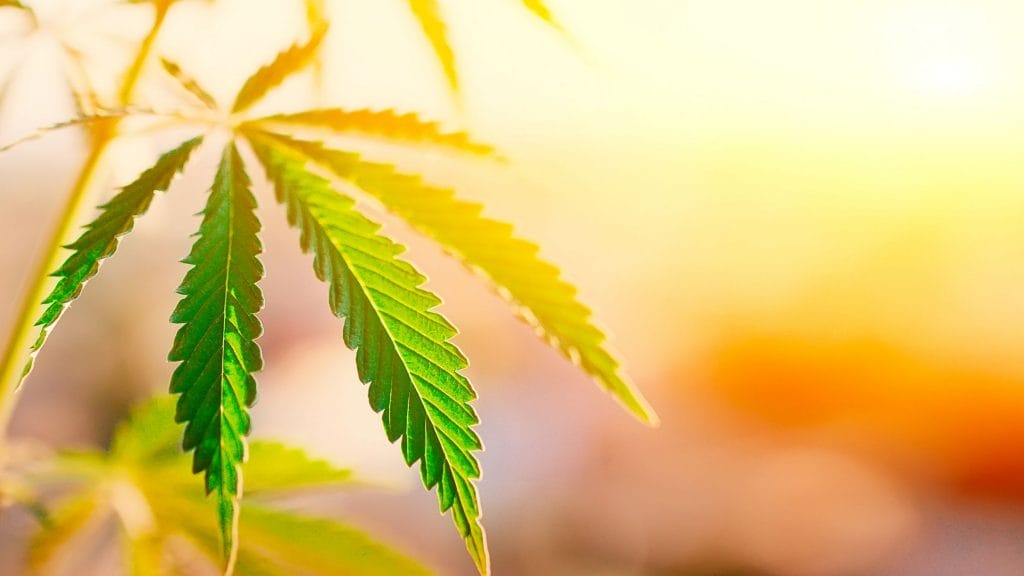
Fear-Based Legislation and Marijuana
Cannabis and hemp were well known to the masses at this point as both a healing and medicinal plant. So it took some real convincing to make people think it was dangerous and a threat to society at large.
So, the word marijuana was coined to refer to hemp and cannabis. Since everyone was familiar with hemp and cannabis, it was hard to convince people who enjoyed the medicinal benefits of this plant that it was in fact a ‘dangerous drug.’
Marijuana was exclusively used to refer to the plant in order to make a distinction and make it sound more foreign and exotic. Thus, the fear-mongering commenced.
Entrenched Racism
As we mention briefly before, the racist motivation behind the propaganda campaign was backed by a financial interest: the timber and fossil fuel industries.
Anslinger, a Prohibition Department associate and head of the Bureau of Narcotics, was instrumental in spreading racist and radical propaganda about cannabis. Despite his outrageous claims, the public believed him. He created a dangerous culture that was pot paranoia, heightened by 1936’s Reefer Madness.
The propaganda campaign was efficient in its mission. Following this campaign, the Marihuana Tax Act was put into effect in 1937.
Moreover, let it not be forgotten that this act was pushed forward due to a monopoly on industry by powerful politicians with vested interests in its prohibition. Black and Brown people were used as pawns in their goal and campaign to outlaw cannabis for personal interests driven by profit.
Marihuana Tax Act
The Marihuana Tax Act was written by the notorious Anslinger, who was the pioneer of the propaganda campaign that lead to devastating implications for Black, Brown, and immigrant communities.
Furthermore, cannabis was subsequently removed from the Pharmacopeia and was deemed a dangerous substance. They even went so far as to say that Black and Brown people allegedly became ‘violent and dangerous’ upon cannabis consumption. (That is how far the propaganda went, it was claimed that Black and Brown people used it and became violent, aggressive, and menaces to society.)
Opposition
However, people did in fact oppose this racist and dangerous nonsense. LaGuardia, New York’s Mayor at the time, was a strong opponent of the Marihuana Tax Act. LaGuardia created a committee to study the effects and prove Anslinger’s claims to be false.
The propaganda and criminalization continued to the 1970s with the enactment of the Controlled Substances Act. This Act lists cannabis as a schedule I drug, among heroin, acid, and other dangerous drugs. Unfortunately, this legislation still federally stands despite all of the scientific evidence that proves cannabis to be a potent and healing plant.
In 1974, the National Institute on Drug Abuse (NIDA) became the main entity with exclusive rights to contracting cannabis cultivation for research purposes.
War on Drugs
This process of criminalization and racial propaganda is referred to today as the “War on Drugs.” The War on Drugs has disproportionally affected Black, Brown, and marginalized communities leading to rampant incarceration.
In addition, it has lead to the Prison Industrial Complex where People of Color and Black people are incarcerated at alarmingly higher rates than their white counterparts for the same offenses.
The War on Drugs has survived many presidencies and is still in full effect as cannabis remains federally illegal.
Even in states where it is legal or decriminalized, disparities still remain in People of Color’s ability to access these products or start their own cannabis businesses.
There are still Black and Brown people incarcerated for petty marijuana offenses from as far back as the 70s and 80s. Meanwhile, businesses are making millions off of the same plant that wreaked havoc on so many people’s lives.
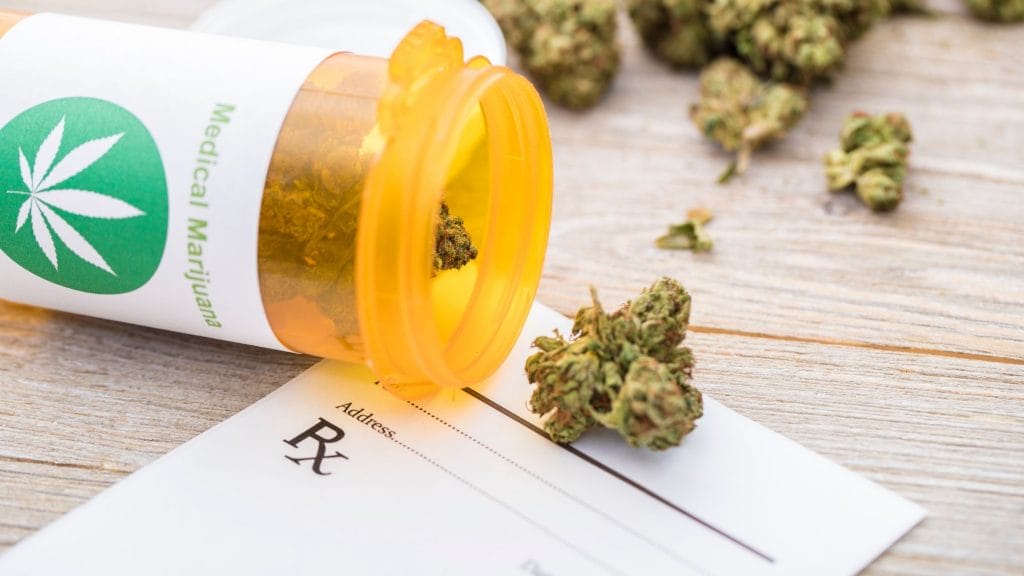
Medical Marijuana – A Shift in The Sails
Despite Nixon’s “war on drugs,” cannabis was not abandoned by the people.
Robert Randall, a patient with glaucoma, was caught growing his own marijuana. He faced criminal charges but in the end, he won.
Randall was deemed to have a “medical necessity” for marijuana use by the judge. This was the seed for the beginning of NIDA’s Compassionate Use program. Although this program was not well-received in the early 1990s it was still supported by people and some states.
California was the first state to legalize medical cannabis in 1996.
Furthermore, within the next two years, three more states broke the ice and established legal cannabis programs for medical use. Although patients and dispensaries faced uncertainty, the legalization of medical cannabis was the first step to the greatest cannabis revolution of the century and perhaps ever.
History of Cannabis in The U.S – Timeline
There have been many changes in the past century. Especially in the last 10 years as it relates to cannabis.
2012
- In 2012 Colorado and Washington made history when they became the first states to legalize recreational marijuana. The battle shows the power of the people as it was won by both states via referendums. This marks the first time that Americans were able to purchase legal marijuana from a state-legal dispensary.
2014
- On January 1, 2014, Colorado opens its first retail marijuana stores. Washington had to wait until July 8, 2014.
- Oregon voters rejected the measure in 2012. However, ballot measures were passed two years later in November 2014.
- The Rohrabacher-Farr Amendment protects the states’ medical marijuana laws from federal interference in December 2014. The Drug Enforcement Administration (DEA), routinely targets medical marijuana patients and arrests them. They also seized cannabis dispensaries. After a few court rulings and clarifications, the amendment was correctly interpreted. The raids were effectively halted.
- According to federal guidelines, banks began to offer financial services to legal marijuana vendors. This solved a major business problem.
The support for legalizing recreational marijuana increased as people began to see the truth.
Some are dissatisfied with the high cost of enforcing cannabis laws. Youth were more in favor of marijuana than at any time before and very much in opposition to the increase in incarceration of Black and Brown people.
People became aware of the Prison Industrial Complex and how cannabis prohibition plays a major role in the disproportionate imprisonment of Black and Brown people.
2016
- California, Maine, and Nevada pass a legal recreational ballot measure. This recreationally legalized cannabis in these states. This was a huge step in the right direction.
2018
- In January 2018, Vermont became the first state to legalize marijuana by the state legislature and not via a ballot initiative. Vermont adults can have up to one ounce of marijuana. Each household can have two mature marijuana plants and four immature ones.
- Michigan legalizes cannabis in 2018 and plans to open retail shops in the state in 2020. Adults can grow up to 12 cannabis plants in places that are not accessible to the public and can have up to 2.5 ounces.
- Following Vermont’s lead, Illinois legalizes marijuana through the legislature, rather than a ballot. The new law allows residents the right to possess 30 grams and 5 grams respectively of marijuana concentrate.
- The Farm Bill removes hemp (as long as it has less than 0.3% THC) from Schedule 1 Controlled Substances. This is the law responsible for the legalization of CBD and other hemp-derived cannabinoids.
2020
- The November election saw four more states legalize recreational marijuana, including Arizona (New Jersey), Montana (Maine), and South Dakota.
- New Jersey voters pass the 2020 ballot, which opens the door to legalizing adult-use cannabis. The state authorizes recreational marijuana sales and use for those over 21 on January 1, 2021.
- On Election Day 2020, 60% of voters vote for the Arizona measure. Although the law prohibits smoking in public places, it allows for limited marijuana possession and cultivation by those over 21.
- Unfortunately, South Dakota’s Supreme Court rejected the 2020 cannabis legalization initiative. South Dakota, despite its conservative views on cannabis, is making baby steps towards implementing the medical marijuana program.
2021
- Connecticut is one of four states to legalize recreational marijuana, alongside New York, New Mexico, and Connecticut.
- On March 31, 2021, New York’s Governor Cuomo approves the Marihuana Regulation and Taxation Act. It allows anyone 21 years old or older to possess up to 3 ounces of cannabis for recreational purposes.
- Virginia passes the SB 1406, allowing residents ages 21 or older to possess up to an ounce of recreational marijuana starting July 1, 202.
- New Mexico’s governor Lujan Grisham approves the legalization measure on April 12. The new law allows those over 21 years old to possess up to two ounces of marijuana and to grow up to 12 plants per household.
- Beginning July 1, 2021, adults living in Connecticut will be able to possess up to 1.5 ounces of marijuana for recreational use in public. The state’s marijuana legalization law was signed by Governor Ned Lamont on June 22, 2021.
2022
- Montana legalizes recreational marijuana on January 1, 2022. Montana residents can purchase up to one ounce of cannabis and grow up two seedlings and mature plants in their homes under the new law.
37 States have medical marijuana programs as of February 2022 (Mississippi is the latest). Additionally, 18 states have legalized cannabis for recreational use.
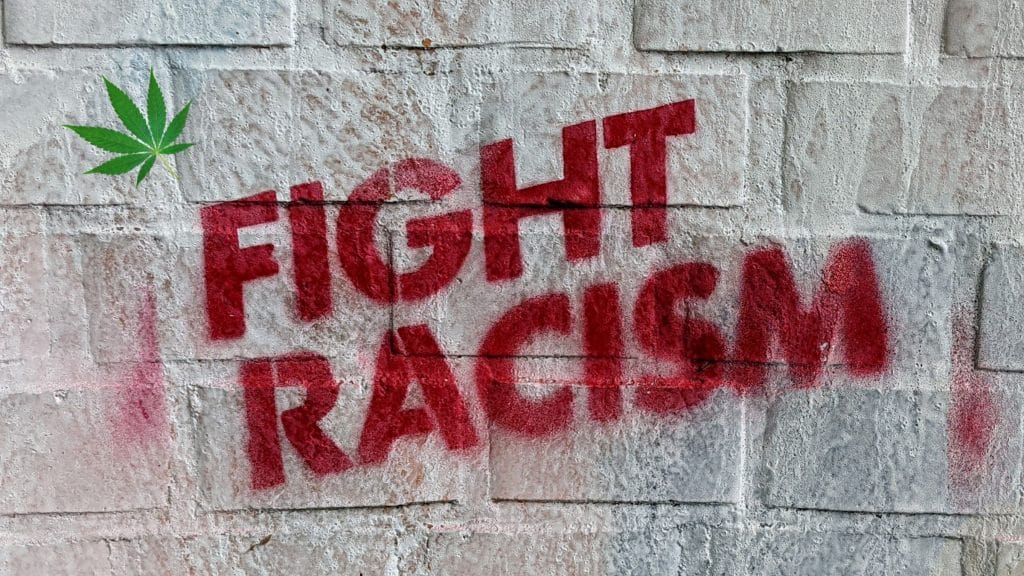
To Conclude: The Racist History of Cannabis in The US – What’s Next?
Cannabis’ future is bright. The lines between cannabis and hemp are finally blurring. Full federal legalization is next, evident from the increase in cannabinoid-rich products with different CBD/THC ratios.
Donald Trump signed the Agriculture Improvement Act of 2018 (the Farm Bill) on December 20, 2018. The Act legalized hemp with 0.3% delta 9 THC (dry weight) and removed the plant from the Controlled Substances Act.
Furthermore, many issues remain unresolved with hemp products, as it is federally illegal to include CBD food and drinks without FDA approval.
With the legalization of hemp, producers have begun to extract and sell products with high amounts of legal THC. It seems that the legalization of cannabis with high levels of THC is near.
The fight to end the war on drugs is very much in action.
People are sick and tired of the racist laws surrounding a healing and medicinal plant that has lead to severe implications for communities of Color and Black and Brown people.
However, the reality of the link between the war on drugs and the prison industrial complex is becoming more and more apparent. Young people support cannabis more than ever, and activists will not back down even if states reject initiatives.
When it comes to the history of cannabis prohibition in the United States, the racist and Jim Crow laws cannot be ignored. As a form of harm-reduction, cannabis businesses should seek to assist in uplifting communities of color as it relates to incarceration and cannabis.

